Best of 2008: World photography
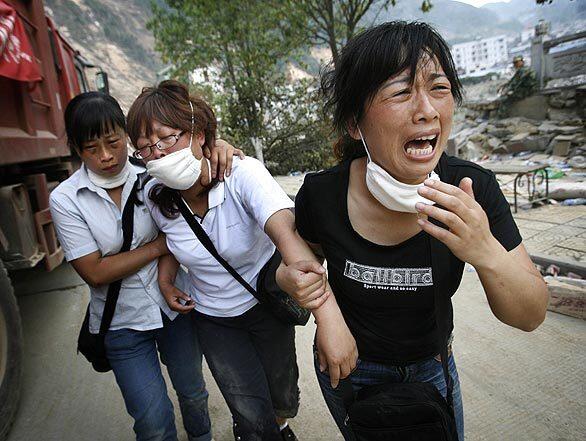
A woman leads relatives to the building in Beichuan, China, where her child was killed in the magnitude 7.9 quake that rocked Sichuan province on May 12. In all, this woman lost 10 family members in the quake, which killed about 70,000 people.
Some of the stories that made compelling images in 2008: A magnitude 7.9 quake rocked China’s Sichuan province. Georgian cities came under attack by Russian troops. The citizens of Nepal cast votes in national elections. The poor residents of Dharavi, the largest slum in India, struggled to hold on to their valuable land.
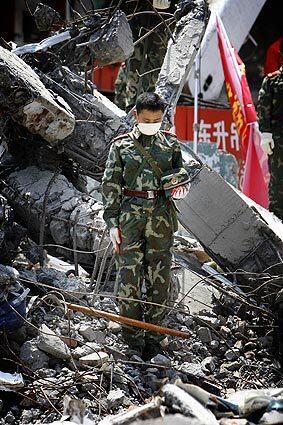
A soldier working in the rubble in Beichuan observes three minutes of silence during China’s tribute to those killed in the Sichuan earthquake. At 2:28 p.m. May 19, exactly a week after the quake, the nation came to a standstill. (Barbara Davidson / Los Angeles Times)
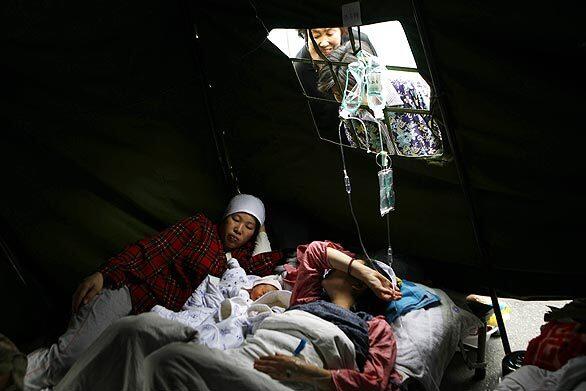
Women peek in to see their newborn grandchildren in a hospital tent set up in an intersection of downtown Chengdu. Severe aftershocks of China’s May 12 earthquake forced many people to camp in the streets. (Barbara Davidson / Los Angeles Times)
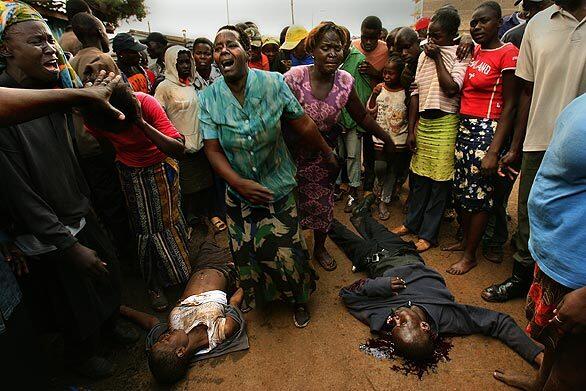
Residents in the Kibera slum of Nairobi, the Kenyan capital, mourn over a woman and man killed when police opened fire on protesters Jan 18. Violence rocked the East African country after President Mwai Kibaki was declared the winner over opposition leader Raila Odinga in the Dec. 27 presidential election, which was tainted by allegations of widespread fraud. (Carolyn Cole / Los Angeles Times)
Advertisement
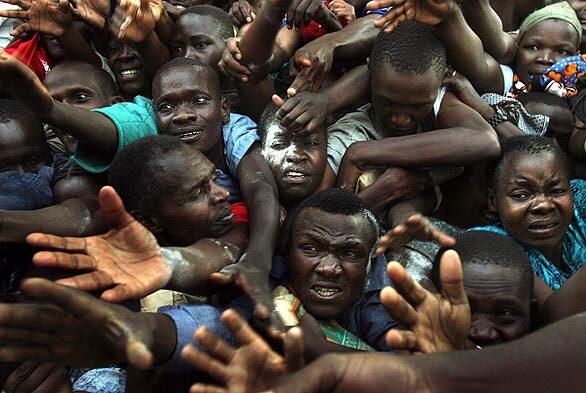
A crowd reaches for food aid on Jan. 6 from a Red Cross distribution truck in the Mathare slum of Nairobi. The disputed December presidential election unleashed tribal violence across Kenya, pitting Luos and others who supported opposition leader Raila Odinga against Kikuyus and their allies who supported President Mwai Kibaki. Severe food shortages in slum districts fueled the instability. (Carolyn Cole / Los Angeles Times)
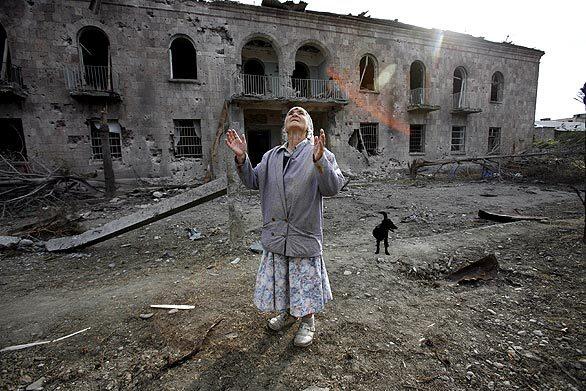
A resident of Gori looks to the sky on Aug. 17 as she talks about the bombs that rained down on her neighborhood in the Georgian city near South Ossetia during the attack by Russia. Russia sent troops into Georgia on Aug. 8 after Georgian forces moved against South Ossetia. The crisis also heightened tensions between Russia and the West. (Michael Robinson Chavez / Los Angeles Times)
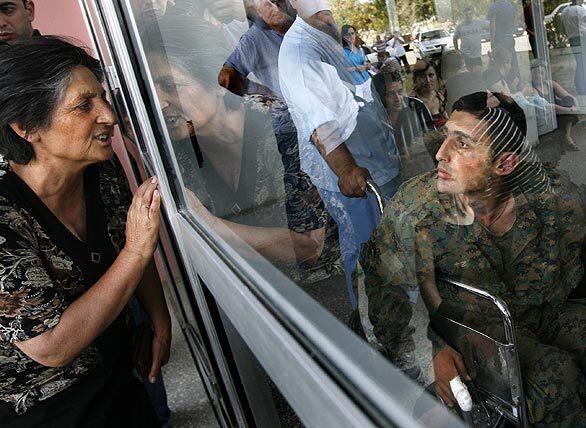
Giorgi Ramazahshvili, 21, right, greets a relative on Aug. 19 at a hospital in Tbilisi, Georgia. He was among Georgian prisoners of war exchanged for captured Russian troops. (Michael Robinson Chavez / Los Angeles Times)
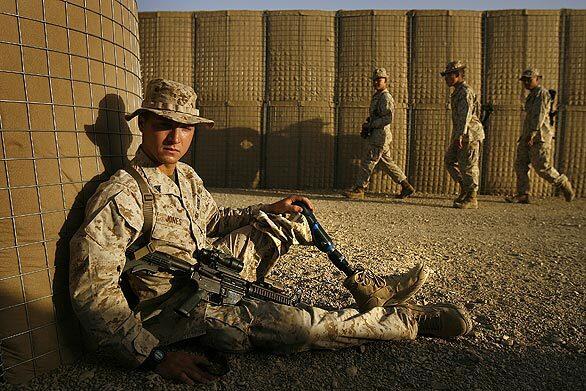
Marine Cpl. Garrett Jones lost his leg in Iraq in July 2007 and a year later was back in action at Camp Barber, Afghanistan. “He didn’t just choose to come he fought to come,” said Sgt. Matthew Leonard. “We bled and sweated with this guy in Iraq, and he wants to be with us more than anything. That’s awesome.” (Rick Loomis / Los Angeles Times)
Advertisement
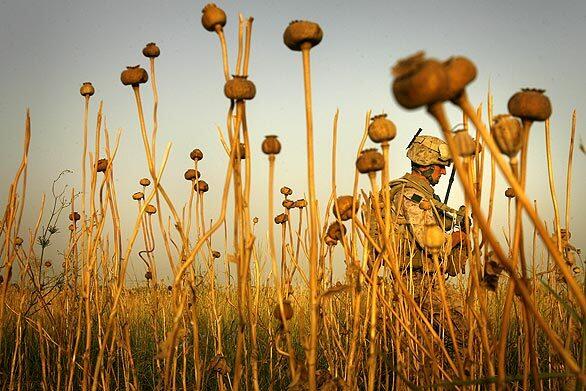
Marine 1st Lt. Shaun Miller makes his way through a field of poppies while on patrol in Afghanistan’s Helmand province in June. The Marines had spent much of May doing battle in what had become a Taliban stronghold in one of the world’s major opium production areas. (Rick Loomis / Los Angeles Times)
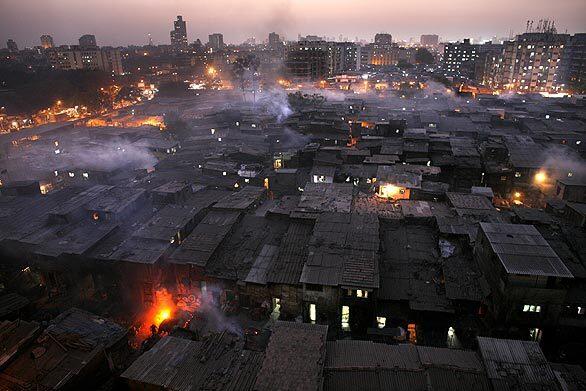
Smoke rises over the potters colony in Dharavi, the largest slum in India, where some of Mumbai’s poorest residents sit on some of the world’s most valuable real estate. Residents have been locked for years in a tug of war with government officials who want to demolish the slum and build gleaming office towers and apartments. (Michael Robinson Chavez / Los Angeles Times)
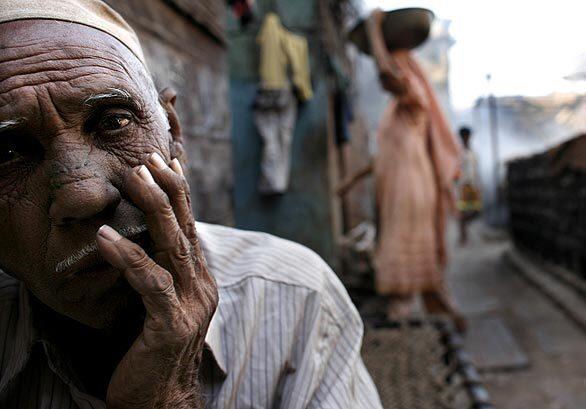
Many Dharavi residents take fierce pride in a community that they and their families built with little help from the state. They refuse to be uprooted from the Mumbai slum without a fight. (Michael Robinson Chavez / Los Angeles Times)
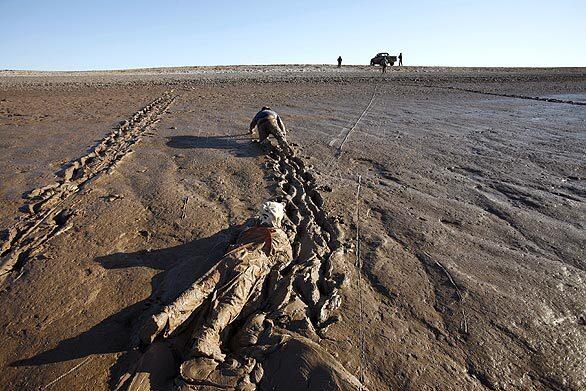
Cucapa Indian fishermen slog through mud toward their trucks at the mouth of the Colorado River in Mexico after they failed to beat the ebbing tide last March. (Michael Robinson Chavez / Los Angeles Times)
Advertisement
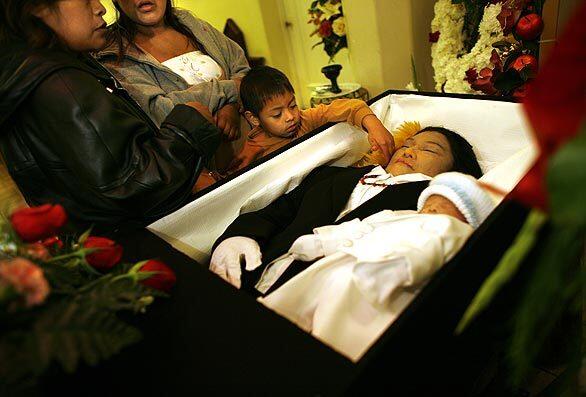
Alberta Trujillo and her daughter Nicole Garcia lie in a coffin in an East
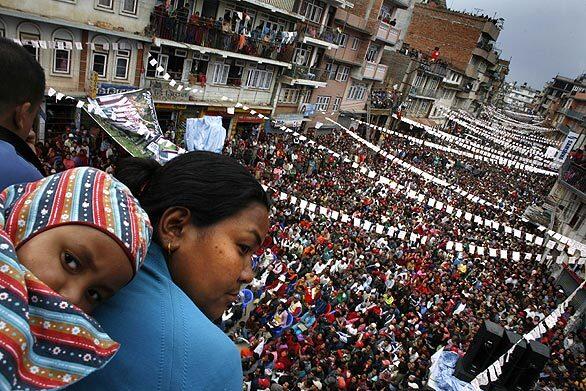
Supporters of the Maoist party in Nepal rally in the town of Kirtipur outside the capital, Katmandu, on the eve of national elections in April. (Michael Robinson Chavez / Los Angeles Times)
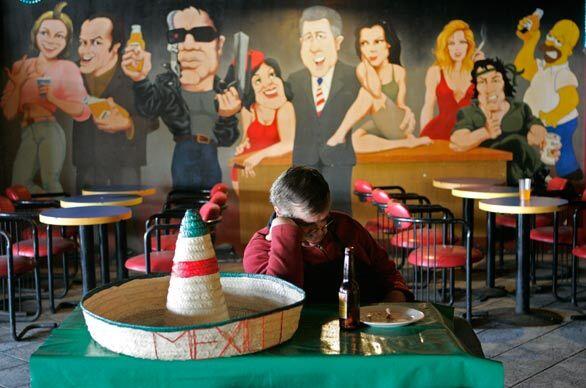
Jose Belaza, owner of Senor Maguey’s, dozes while waiting for patrons. Since 2005, tourist visits to Tijuana have fallen 90%. Tijuanas recent wave of violence appears to have driven another nail into the coffin of a tourism industry already hobbled by its reputation for tacky tourist traps and rowdy bars and by long waits at the U.S.-Mexico border crossing. But merchants say beautification efforts and police crackdowns have left downtown safer and spiffier than in years. (Don Bartletti / Los Angeles Times)
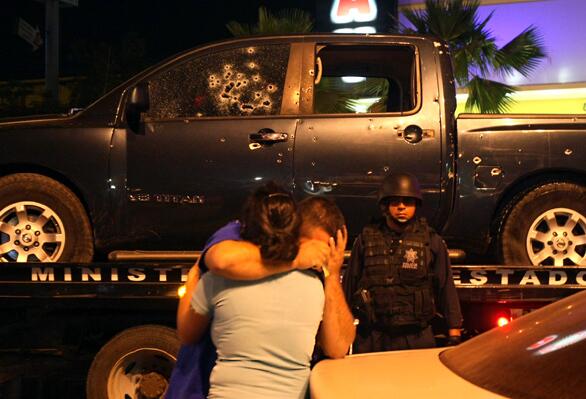
Relatives of one of five slain state and federal policemen weep near the truck the officers were in when they were ambushed by gunmen in Culiacan. More than 5,000 people have died in Mexico’s drug war this year. (Don Bartletti / Los Angeles Times)
Advertisement
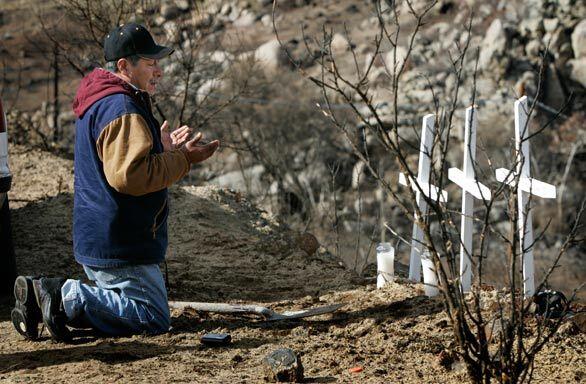
Concepcion Peralta prays last fall in front crosses he placed next to Highway 94, near the site where his daughter Areli; her husband, Ruben; and their friend Lourdes died in the Harris fire after crossing the border.
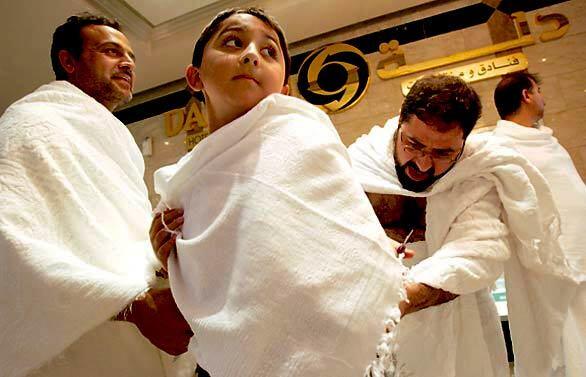
Mohammad Al-Qazwini, right, adjusts Murtaza Sakha’s ihram robes before their group leaves Medina on the journey to Mecca. Murtaza, 9, has a debilitating condition that makes it almost impossible for him to walk. His father, Mustafa Sakha, 38, left, took the boy on the hajj in the hope that it would cure him. (Irfan Khan / Los Angeles Times)
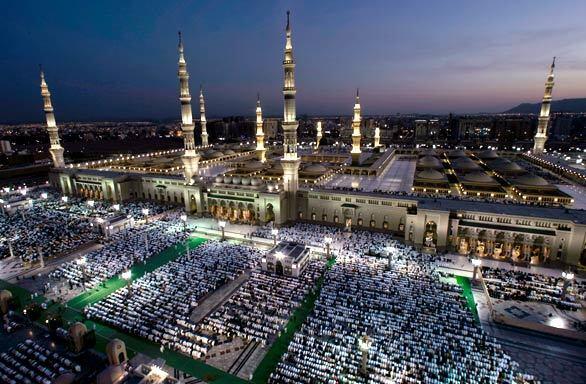
Before the hajj, millions of Muslims visit the Mosque of the Prophet in Medina, which holds Muhammad’s tomb. (Irfan Khan / Los Angeles Times)
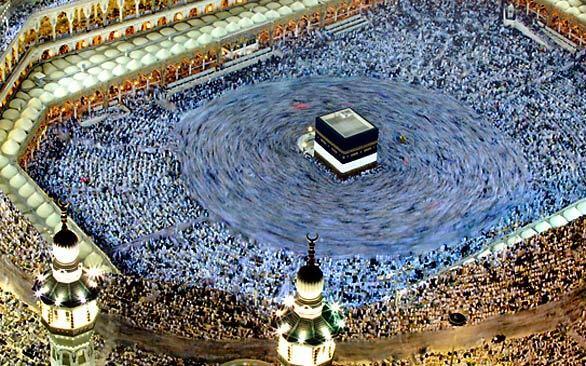
Wearing white robes and often adding bits of color so family members can find one another, millions of pilgrims walk counterclockwise around the Kaaba seven times, in ever-tightening circles. (Irfan Khan / Los Angeles Times)







